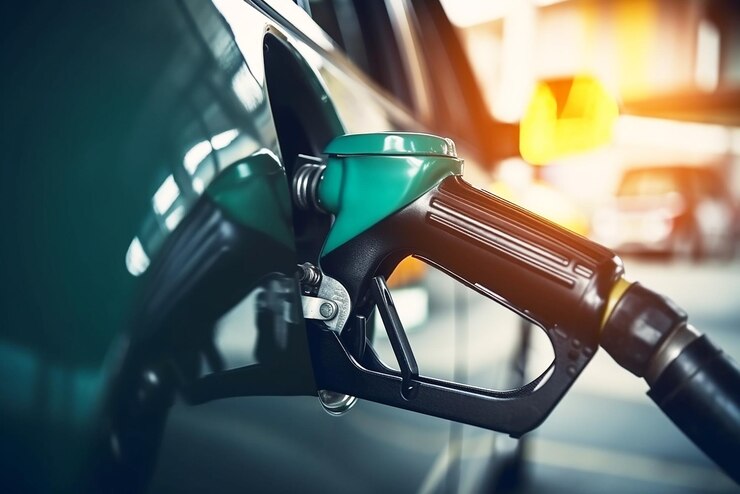Following signs of moderation in costs at farm level with fertilizer prices declining by over 30% relative to last year, hopes of reduced pressure on profit margins are almost dashed after the recent hefty increase in fuel prices particularly diesel for September 2023.
The overall agriculture producer price index (PPI) increased by 15% year-on-year (y/y) in 2022, but has since decelerated sharply in 2023 with the average for the year-to-July at 6% y/y. The recently announced increase of R2.84/l and R2.76/l in the price of the two grades of diesel namely, the 0.05% and 0.005% Sulphur content respectively, reintroduces cost pressures across the agriculture value chain.
Again, the resurgent average international Brent crude oil price which rose by 7.5% month-on-month (m/m) in August 2023 to US$85.12/ barrel and the 2% m/m depreciation in the rand exchange rate underpinned the recent hike in fuel prices. Additionally, the Minister of Mineral Resources and Energy approved a 5 cents per litre upward adjustment to the retail margin for all octane grades of petrol.
Crude oil prices seem to be on an uptrend lately and edged closer to US$90/bbl. Due to the tightening global supply outlook on the back of the Saudi Arabian and Russian product cuts. Nonetheless, this rally may be limited due to the seasonal downturn in Chinese demand heading into winter, coupled with a subdued economic growth for the country.
For the agriculture sector, this is obviously bad news especially that this comes at the onset of the new summer crop season with preparation for planting in the eastern areas about to begin. The grain industry which breathed a sigh of relieve with moderation in fertilizer prices now faces higher costs for planting as fuel accounts for about 10% of the grain and oilseed variable costs. For the livestock and horticulture sector, fuel is critical for transportation of produce to markets and recently a huge input in operations and cold storage following the onset of loadshedding. With loadshedding now reaching stage 6, farmers will be forced to run generators for extended periods to maintain the cold storage. A breakage in the cold chain compromises the quality and safety of perishables such as fruit, vegetables, and meat and may further cause huge financial losses to farmers.
Higher fuel prices may worsen consumer inflation which has tracked back within the SARB’s target range of 3% to 6% thus prolonging the period of elevated interest rates. Elevated debt serving cost for farmers have been a constraint for potential agriculture production expansion. Tight profit margins will limit the producers and processors’ capacity to absorb further cost pressures.
By Paul Makube, Senior Agricultural Economist at FNB Agri-Business
Join 'Farmers Mag' WhatsApp Channel
Get the latest Farming news and tips delivered straight to your WhatsApp
CLICK HERE TO JOIN






